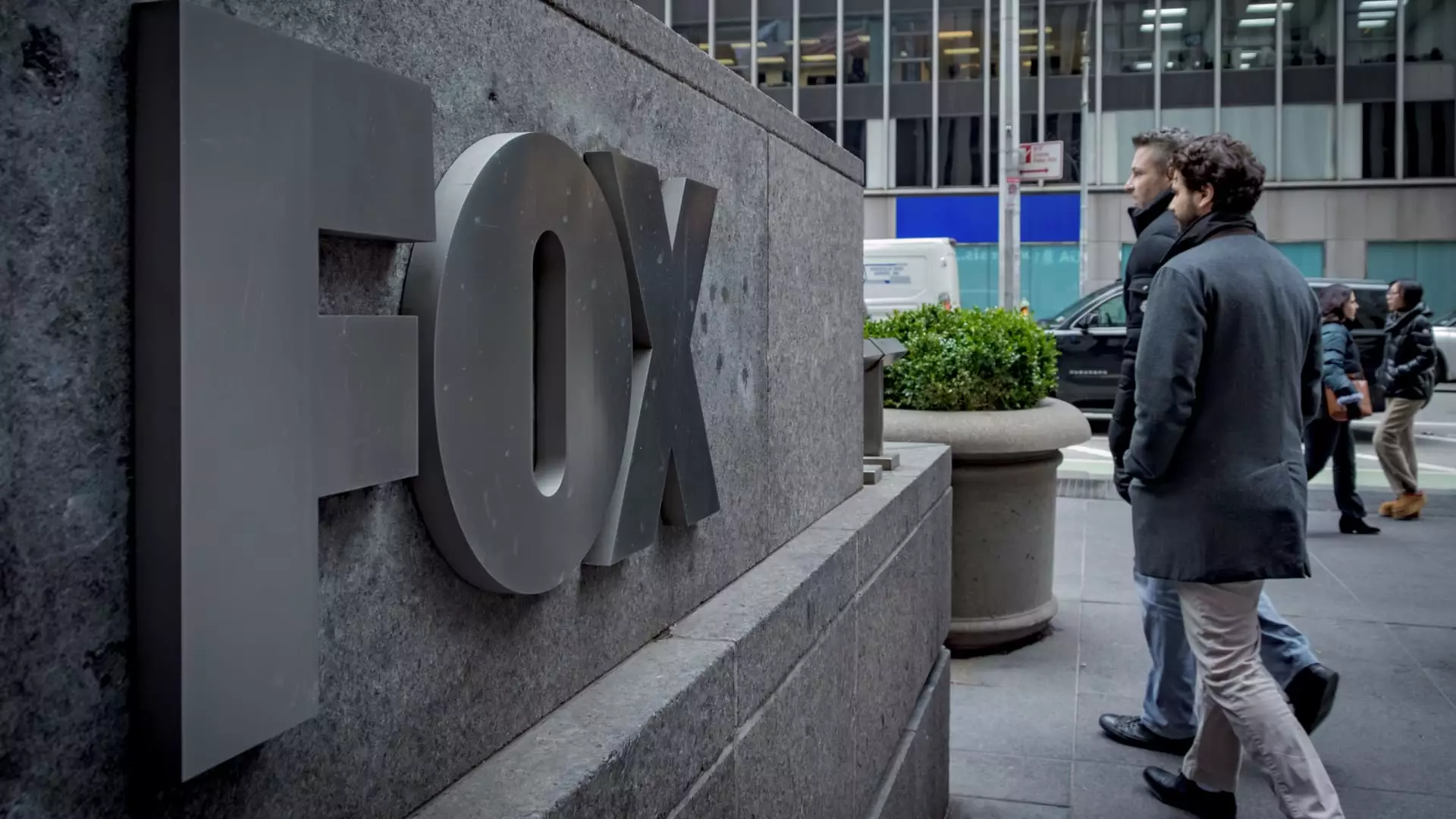In a landscape dominated by streaming titans, Fox Corp. has finally decided to launch Fox One, its much-anticipated direct-to-consumer streaming service. Scheduled to hit the market ahead of the NFL season, the name alone generates curiosity, but the fiercer financial stakes profitably underpin this move. The announcement from CEO Lachlan Murdoch during a recent earnings call has stirred a restless pot, filled with both potential and doubt. One cannot help but question if this venture is a well-calculated risk or just another example of a legacy media company scrambling to stay relevant in a rapidly evolving digital space.
The Pricing Puzzle
While Murdoch has strategically withheld specific pricing details for Fox One, he did drop some cryptic hints about “wholesale pricing,” which implies a cost structure akin to what cable providers pay for content access. This tactic aims to appeal to traditional cable subscribers while simultaneously attracting the growing number of cord-cutters who are looking for more flexible streaming options. The inconsistency in focus raises eyebrows; will existing cable customers feel emboldened to switch to this new platform if they see limited incentives? Murdoch’s assertion that they do not want to “lose a traditional cable subscriber” rings with an air of desperation. It reflects an overarching concern: the fear of losing their valuable existing customer base in trying to reach a new audience.
A Misalignment of Expectations
Undoubtedly, the streaming landscape is competitive, yet Fox has lagged behind its peers for too long. It’s baffling that a media giant known for its colossal reach and influence didn’t pioneer an all-in-one streaming solution sooner. Instead, they are arriving late to a party that already has notable guests—Warner Bros. Discovery’s Max and Disney’s ESPN+, for instance—who’ve carved out significant niches in the streaming arena. By now, viewers are inundated with options, leaving little room for a newcomer that does not tremendously differentiate itself from the crowd. Market saturation could make it challenging for Fox One to grab attention; how will they stand apart from these established entities?
Echoes of Past Failure
One of the undercurrents of this decision is the failed partnership with Warner Bros. Discovery and Disney to create a joint sports streaming app named Venu. Fox’s solitary presence in a sea of collaboration indicates a concerning trend; their strategy seems disjointed and reactive rather than proactive. It’s alarming that the company knew they were devoid of a complete subscription streaming app yet chose to leap into direct-to-consumer streaming without a fully conceived strategy. Will they once again fall short, allowing competitors to sharpen their edges while they try to adapt? The precedent of quitting Venu speaks volumes—Fox’s vision must be clearer and stronger to avoid future missteps.
Financial Gains Amid Uncertainty
On the financial front, Fox Corp. has reported impressive earnings, with quarterly revenues climbing to $4.37 billion, largely bolstered by the star power of the Super Bowl. Such statistics might inspire confidence, yet they serve as a double-edged sword. High advertising revenue is great for the books, but if Fox is banking solely on events like the Super Bowl to sustain its streaming platform’s viability, the business model is potentially flawed. Sporting events and big-ticket programming can’t always anchor a quarterly revenue stream, especially given the vast array of content available through competitors. As viewers increasingly seek diverse and original programming, relying on big events alone could provoke complacency.
Strategic Partnerships Ahead
Interestingly, Murdoch did mention the possibility of partnerships with other streaming services. The idea of bundling Fox One with existing platforms can be a wise move, enabling the service to penetrate the market more effectively. However, one must question whether these relationships will genuinely enhance Fox’s offerings or simply act as a band-aid for its lack of a solidified content library. The potential collaborations could serve as a lifeline, but they also risk relegating Fox One to the shadows of more established platforms—an oft-overlooked option rather than a standout offering.
In sum, while Fox One’s launch promises an exciting new chapter, it is fraught with challenges that could severely undermine its potential—a gamble that could either revive Fox’s standing in streaming or highlight the perils of late entries into an already saturated market.

